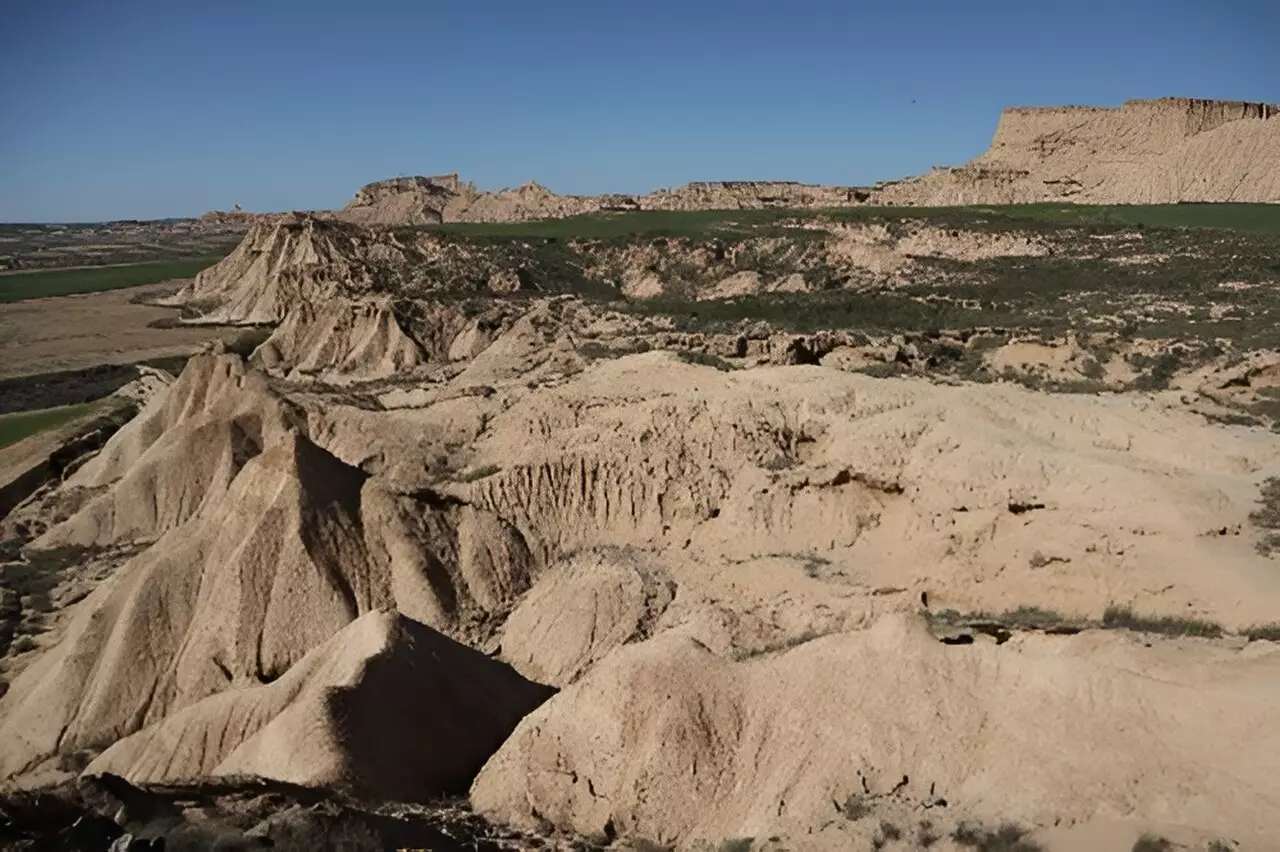The recent research published in the journal Science reveals that nearly half of the world’s land surface is classified as drylands, comprising deserts, shrublands, grasslands, and savanna woodlands. These regions are characterized by water scarcity, which not only affects natural ecosystems but also human-managed landscapes such as agriculture, forestry, and livestock production. While climate change and land management practices have long been known to contribute to dryland expansion, the study uncovered a surprising factor – drylands themselves are accelerating their own proliferation.
Climate scientists from the University of Bristol, Ghent University, Cardiff University, and ETH Zurich collaborated on this study to analyze the impact of climate change on dryland self-expansion. Dr. Katerina Michaelides, a Professor of Dryland Hydrology, highlighted that drylands cover more than 40% of the global land surface and are characterized by water scarcity due to low precipitation and high atmospheric water demand. The exacerbation of atmospheric drying in these regions, driven by climate change, is transforming humid regions into more arid environments.
The researchers quantified the process of dryland self-expansion by tracking air movements over newly expanded drylands over the past 40 years. They found that more than 40% of the transition from humid to dryland areas was attributed to existing drylands releasing less moisture and more heat into the atmosphere, leading to reduced rainfall and increased atmospheric water demand in downwind regions. This self-propagation phenomenon was particularly prevalent in regions like Australia and Eurasia, where drylands are rapidly spreading.
As the world moves towards a warmer and potentially drier future, the acceleration of dryland self-propagation poses significant risks to human livelihoods, ecosystems, and socio-economic stability globally. The study also identifies regions most vulnerable to further dryland expansion, emphasizing the urgent need for climate change mitigation and sustainable land management practices. Coordinated ecosystem conservation efforts in existing drylands are crucial to prevent drought and heat propagation, highlighting the necessity of developing land-based adaptation strategies.
The accelerating spread of drylands is a growing global concern that requires immediate attention and action. Understanding the impact of climate change on dryland self-expansion is essential to mitigate the risks posed to human populations, ecosystems, and socio-economic stability. By quantifying the processes driving dryland proliferation and identifying vulnerable regions, researchers can develop strategies to address this pressing environmental issue. It is imperative that we prioritize sustainable land management practices and ecosystem conservation to prevent further degradation of our planet’s dryland areas.


Leave a Reply